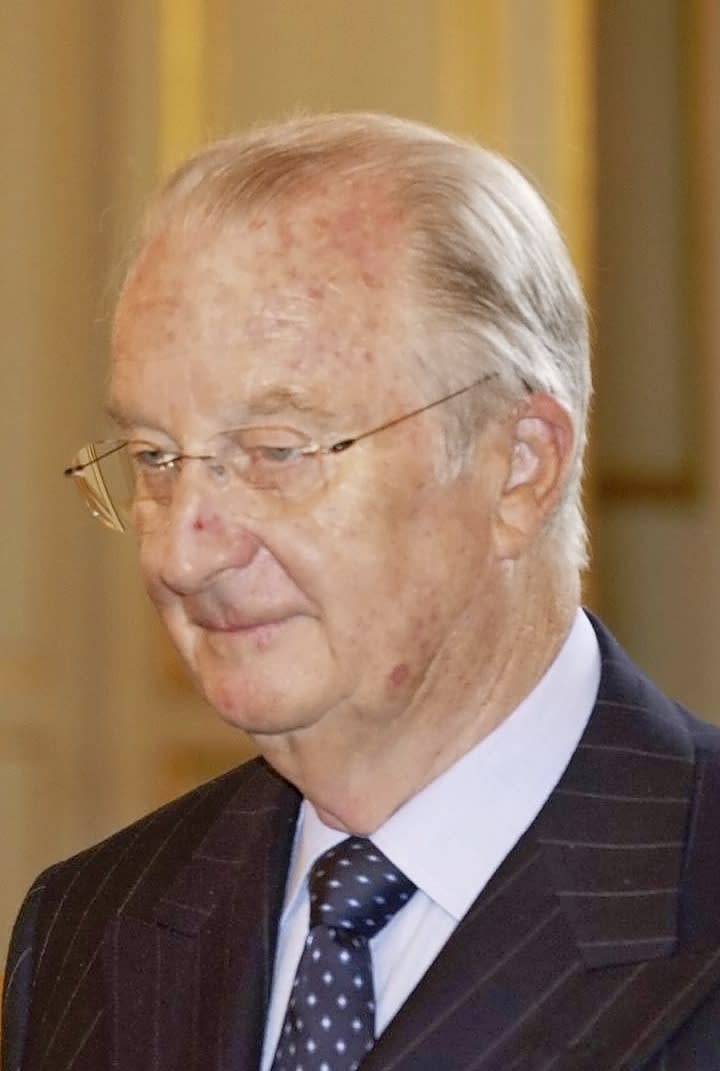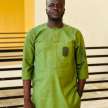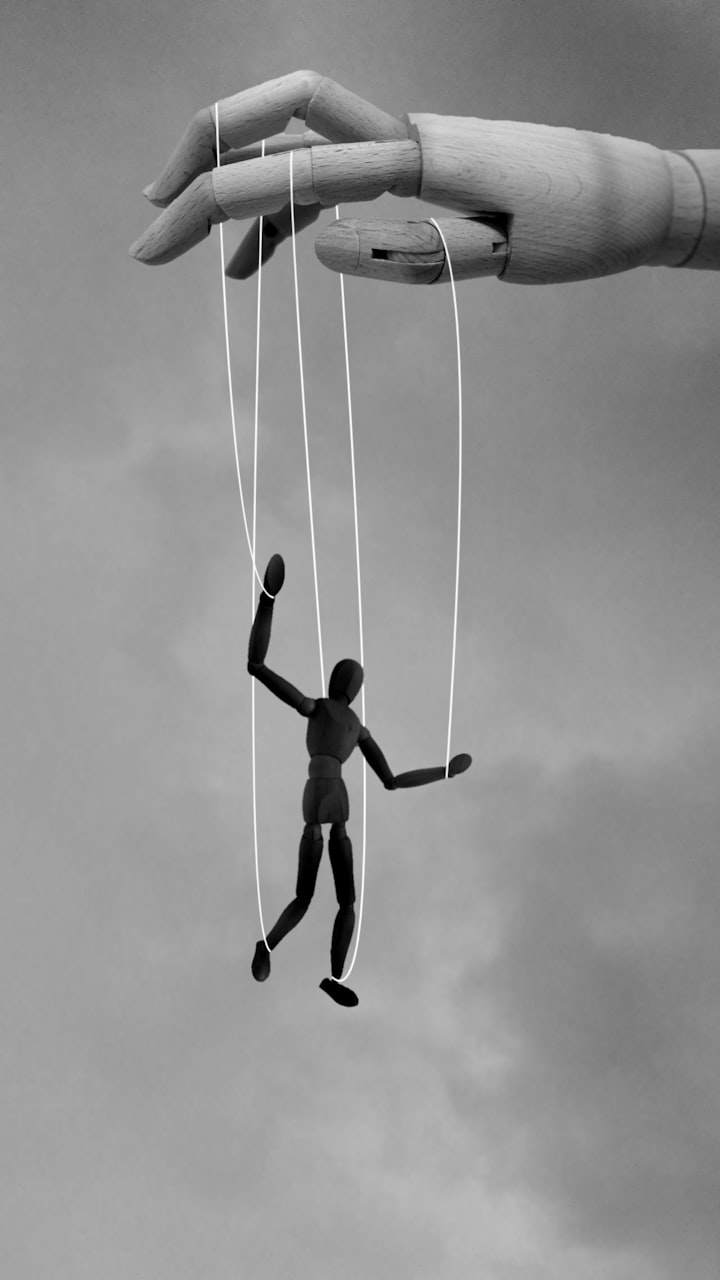
Queen Elizabeth II regarded abdication as a terrible word, but in recent decades, many monarchs have chosen to retire and hand over their thrones to the next generation. Former kings can now rest and enjoy their well-funded retirement plans in their Golden Years.
1) Emperor Akihito of Japan.
Emperor Akihito was born in 1933 and was the heir to the Chrysanthemum throne. He attended school during World War II and later represented Japan at Queen Elizabeth II's coronation. Akihito studied political science at Gakushin University and graduated in 1956. He met Mitchko Shoda on a tennis court and later married her, breaking over 2600 years of tradition. The couple made state visits to 37 countries and had three children, including Norohito, fumihito, and Sayako (LINK 1).
In 1989, Emperor Showa (Akihito’s father) died at 86, making Akihito the 125th emperor of Japan as a constitutional monarch. He issued statements of remorse to Asian countries for their suffering under Japanese occupation and sought to bring the Imperial family closer to the people. On the 30th of April 2019, he abdicated due to his health, making him the first Japanese Emperor to abdicate in 200 years (LINK 2). He assumed thetitle, Emperor Emeritus. In 2021, Emperor Emeritus celebrated his 88th birthday, becoming the longest-living Japanese emperor in recorded history. He still enjoys tennis and marine biology. In 2022, he was diagnosed with heart failure.

2) King Albert II of Belgium.
Albert, the second, former King of the Belgians, was born in 1934. His father, Leopold III, had become king four months earlier after Albert's death. Albert was the third and youngest child of the couple, and his mother was a Swedish princess. Albert was not expected to become king at one year old, but his parents were involved in a car crash and his mother was killed. The Germans invaded Belgium during World War II, and the royal family was taken back to Germany. In 1944, the royal family was liberated after a year in captivity. The family lived in Switzerland for five years before returning to Belgium. In 1958, Prince Albert met Italian aristocrat Donna Paola Rufo de Calabria and married in 1959. They had three children, Philippe Astrid and Laurent. In 1993, King Budwan died of heart failure at 62. The throne was passed to his 59-year-old brother Albert II as a constitutional monarch. In 2013, Belgian sculptor Delphine Buell summoned the king to court to prove that she was Albert's biological daughter. On the 21st of July 2013, In the midst of the scandal, King Albert abdicated for his son, Felipe. In 2020, it was announced that she was Albert's daughter, but she was born after Albert's other children and is illegitimate. The Belgian royal family has faced other scandals for attempting to avoid attacks, and King Felipe's daughter Princess Elizabeth is next in line to the throne.

3) Queen Beatrix of Netherlands.
Beatrix, the former Queen of the Netherlands, was born in 1938 and was the heir to Queen Philiphmina. Her mother, Juliana, was the Crown Princess of the Netherlands and heir to Queen Philiphmina. Beatrix was born to German Prince Bernhard of Leiden and her mother, Juliana, was Crown Princess of the Netherlands. Beatrix attended Lane University and graduated with a law degree in 1961. In 1962, she met German Diplomat Klaus Von Amsbury, who was a member of the Nazi Youth and the German army during World War II. The couple's engagement sparked riots, but the fervor was quieted when they had their first child, Willem Alexander. Beatrix began preparing for her future, making numerous trips abroad, and initiating reforms in the Royal household. In 1980, Queen Juliana abdicated, and Beatrix was sworn in as Queen as a constitutional monarch. In 1988, she was seen as more reserved and formal. In 2012, her second son Frisco was buried in an avalanche, and Beatrix announced her intention to abdicate and place the responsibility for the country in the hands of a new generation. On the 30th of July 2013, she abdicated for her son Williem-Alexander. Beatrix continues to undertake royal duties and is a patron of charitable organizations.

4) King Juan Carlos of Spain.
Juan Carlos, the first former king of Spain, was born in 1938 in Rome. His grandfather, King Alfonso the 13th, had abdicated in 1931, and the Spanish Royals fled the country. Juan Carlos's father, Infante Juan, was the king's third son. Infante Juan was the heir to the defunct throne due to his father's hemophilia. Juan Carlos studied at the University of Madrid and married Princess Sofia, daughter of King Pavlos of Greece. In 1969, General Franco declared that he would skip a generation and make Juan Carlos his successor. Juan Carlos publicly supported the fascist regime and appeared with Franco in public, angering many who hoped for reforms. In 1975, Antoine Carlos was sworn in as king of Spain, restoring the monarchy and introducing democratic reforms. In 1977, Spain held its first post, and in 1981, conservative members of the military attempted a coup in the king's name. Juan Carlos's swift actions gained him significant support among liberals, and the Socialist Party won the 1982 election. Felipe Gonzalez became prime minister over the next 14 years, stabilizing Spain's democracy.
Juan Carlos held a significant political power but no longer used it and now held a largely symbolic role. He was commander-in-chief of the military and gave a speech each Christmas Eve. In 2005, he gave assent to legalizing same-sex marriage, which many thought he might object to on religious grounds. On 19th of November 2014, he abdicated for his son Felipe. Juan Carlos's abdication was met with appreciation for his role in ushering in democracy and optimism for Felipe's future. In 2018, Juan Carlos's alleged mistress, Christina, was found to have received kickbacks from Saudi Arabian investors and given her 65 million pounds as a tax. In 2020, Juan Carlos fled the country to an unknown location, eventually living in Abu Dhabi.

5) Hamad Bin Khalifa Al Thani of Qatar.
The former Emir of Qatar, Hamad, was born in 1952 and was raised by his father, Khalifa, who was a younger son of the Crown Prince. He married three wives, Mariam Moza and Nora, and had 24 children. Emir Khalifa was hesitant to develop Qatar's oil and gas production, but in 1992, he handed over the day-to-day running of the nation to his son. Hamad took charge of oil and gas but still disagreed with his father. In 1995, while the Emir was away on vacation, Hamad staged a palace coup and took control, freezing his father's bank accounts. The former King remained in exile in Switzerland, where a counter-coup backed by neighboring Middle Eastern powers failed.
The New Emir; Hamad, leveraged Qatar's vast oil fields and the world's third-largest gas reserves to transform the nation into a major world power. With a Fortune of about 2 billion dollars, the Qatar Investment Authority has acquired foreign businesses, including iconic department stores and Miramax films. Hamad is an avid sportsman and has promoted athletics in Qatar, including hosting international events and funding the Al Jazeera News Network. He also established the Qatar Museum Authority, one of the world's largest buyers of contemporary art. Hamad and his wife, Shika Moza, have patronized elite American universities, donated $100 million to US victims of Hurricane Katrina, and maintained friendly relations with Israel until 2009. On the 25th of June 2013, Hamad handed over power in a televised speech, and his fourth son, Tamim, who is the current Emir of Qatar.

6) Jigme Singye Wangchuck of Bhutan.
Jigme Singye Wangchuck was born in 1955 and succeeded his father, Jigme Dorji Wangchuck. He was democratic in nature and relinquished political power, allowing the National Assembly to depose him with a two-thirds majority vote. Dorji Wangmo, Tshering Pem, Tshering Yangdon, and Sangay Choden were his four sisters who he married in 1979. The king devised a philosophy of gross national happiness, centered on the well-being of his subjects. He promoted development throughout Bhutan, establishing potato farms in the north and citrus groves in the south, as well as encouraging infrastructure like roads, hospitals, power, and safe drinking water. In addition, he protected the natural environment and traditional culture. On December 9, 2006, he abdicated in favor of his eldest son, Jigme Khesar Namgyel Wangchuck, who continued his grandparent's and father's efforts by establishing Bhutan's constitution.

7) Jamshid bin Abdullah 0f Zanzibar.
Jamshid bin Abdullah was born Before being deposed in the 1964 Zanzibar Revolution, Sultan Jamshid bin Abdullah Al Said GCMG was the last sovereign Sultan of Zanzibar. The United Kingdom renounced its protectorate over Zanzibar, leaving it as a constitutional monarchy under Jamshid. However, the Sultan was promptly ousted by Africans without the assistance of the British. He fled into exile, initially to Oman but not permanently. He later moved to the United Kingdom, where he resided with his wife and children in Portsmouth. Jamshid's requests to join them were denied by the Omani government, citing security concerns. After more than 50 years in the United Kingdom, the current Sultan of Oman, Haitham bin Tarik, granted Jamshid's request to return to his ancestral home as a member of the Al-Said royal family in September 2020.

8) King Simeon of Bulgaria.
King Simeon II, born on June 16, 1937 in Sofia, Bulgaria, was the country's final ruler and anointed King. Simeon II, King of the Bulgarians, came to the Bulgarian throne after King Boris III died. In 1944, the royal regents were imprisoned and replaced by new regents. The Royal Family was imprisoned in 1946 until the monarchy was deposed on September 8, 1946. Without abdicating the throne, King Simeon II, his sister Princess Maria Louisa, and Queen Ioanna were compelled to depart Bulgaria. In Alexandria, Egypt, where they lived, he studied law and political science. In 1955, King Simeon II released a special Manifesto to the Bulgarian people in which he pledged to serve the Bulgarian people and the Bulgarian cause honestly and faithfully. He married Spanish aristocrat Doa Margarita Gómez-Acebo y Cejuela in 1962, and the couple had five children. Throughout his exile, he tirelessly promoted the Bulgarian cause, visiting and meeting with significant leaders and politicians. In 2001, he returned to Bulgaria and declared the foundation of a National Movement in His Name to work for the country's resurrection. He left politics in 2009 to devote himself to preserving the Third Bulgarian Kingdom's historical legacy.
He was awarded the Order of Stara Planina, the highest state republican medal, in 2007.

9) Gyanendra of Nepal.
Gyanendra Bir Bikram Shah Dev, born in 1947, was Nepal's last King from 2001 to 2008. Following the sad killing of the royal family, including his brother, King Birendra, he ascended to the throne. Gyanendra's reign was characterized by political upheaval and massive demonstrations, ending in the monarchy's dissolution in 2008. Political turbulence, civil unrest, and a Maoist insurgency lasted a decade under his tenure. To combat the Maoist insurgency, he disbanded the government and took full executive powers in 2005, sparking large demonstrations and the People's Movement of 2006. The protests pushed Gyanendra to reestablish the parliament, and the monarchy was legally abolished in 2008, signaling the end of Gyanendra's rule and the start of Nepal as a federal democratic republic. Gyanendra may be a commoner, yet his influence on Nepal's history and political landscape is unmistakable.

10) Fuad II of Egypt and Sudan.
King Fuad II, Egypt's last reigning monarch, was born on January 16, 1952, in Cairo, Egypt, to King Farouk, the tenth ruler of the Muhammad Ali Dynasty. He was schooled in Switzerland and came to the throne on July 26, 1952, making him one of history's youngest rulers. His reign was essentially symbolic, as the military officers who had deposed his father maintained real power.
Fuad II reigned for less than a year, from July 26, 1952, to June 18, 1953. Egypt became a republic on June 18, 1953, after the monarchy was officially abolished. Fuad II and his family fled to Switzerland after the monarchy was abolished. Despite his exile, Fuad II has maintained a claim to the Egyptian and Sudanese thrones, occasionally speaking out on Egyptian affairs but otherwise remaining out of the public eye.

About the Creator
Ade Bimfo
Facts, Physiology, Mystery, News, Football, and anything interesting.
Feel free to suggest topics for me to cover in my posts. I'll do my best to provide interesting and informative content. Enjoy reading!






Comments
There are no comments for this story
Be the first to respond and start the conversation.